If you are researching having your roof replaced and are becoming confused or overwhelmed by all the different options, you’re not alone.
There are a myriad materials and styles available, but living in a beachside region like Hampton Roads creates an additional requirement of roofing materials being storm and weather resistant. If you’ve done any research, you’ve no doubt run across asphalt shingles and “architectural shingles” as popular options. But what is the difference, and which is right for your home? Let’s start from the beginning.
What are asphalt shingles?
Asphalt shingles refer to a large category of roofing materials that have been used for steep-slope structures for over 100 years. This category of material is the most popular type of residential roofing because it is the most cost effective, easiest to install and easiest to repair or replace. Most asphalt shingles are made up of a fiberglass mat, top and bottom layers of asphalt and mineral granules that protect them from weather and UV damage. From there, asphalt shingles start to differentiate themselves based on how they’re manufactured, installed and therefore the final look.
Asphalt “3-tab” shingles refer to the three cutouts or tabs along the lower edge of the shingle that make it appear to be three different pieces when installed. It is the most cost-effective asphalt option and it provides a flat, uniform look. This style has been popular with homeowners for decades and is therefore available in a wide variety of colors and by many different manufacturers.
Architectural shingles are a variation of this 3-tab design and are manufactured in multiple layers. They were designed to mimic wood shake or slate roofing, so that rather than lying flat in a single layer, their variations of thickness create a more natural, contoured look. Because they have become increasingly popular, they are also now available in many different colors by many different manufacturers.
How durable are architectural shingles?
The contoured look of architectural shingles isn’t just aesthetic. The variable thickness actually increases their durability and wind resistance as well as their long-term life cycle. Because of this, architectural shingles usually have extended manufacturer warranties and longer lifespans.
On average, traditional 3-tab asphalt shingles have 20, 25 or 30 year warranties at most. Architectural shingles generally have a minimum warranty of 30 years and can be expected to last beyond that time frame – up to twice as long as traditional asphalt shingles. Architectural shingles can tolerate up to 130 mph wind gusts, 3-tab shingles are only rated for up to 60 mph gusts.
The long-term durability of architectural shingles means that even though the initial investment only slightly more than 3-tab, their value over time is much higher resulting in a bigger bang for your buck. This is particularly true in hurricane and storm ridden areas such as Tidewater, since they provide higher wind resistance.
One added benefit of asphalt shingles – regardless of the type – is that they are recyclable. According to the National Asphalt Pavement Association, millions of recycled asphalt shingles are used to pave roads across the country every year. So if you’re looking to replace your aging asphalt shingles, you can feel good about the waste from the project not going into a landfill, but maybe into a pothole!
Andrews Roofing Can Help
If you’re considering replacing your old asphalt roof and aren’t sure which material or style is best for you, your home and your budget, Andrews Roofing can help. We’ve been repairing and replacing roofs in the Hampton Roads region for decades, and we know what works best for homes in this area and what has stood the test of time. Contact us today to schedule your estimate and learn more about your roofing options.
You can find many examples in our residential roofing section. Here are some links as well:

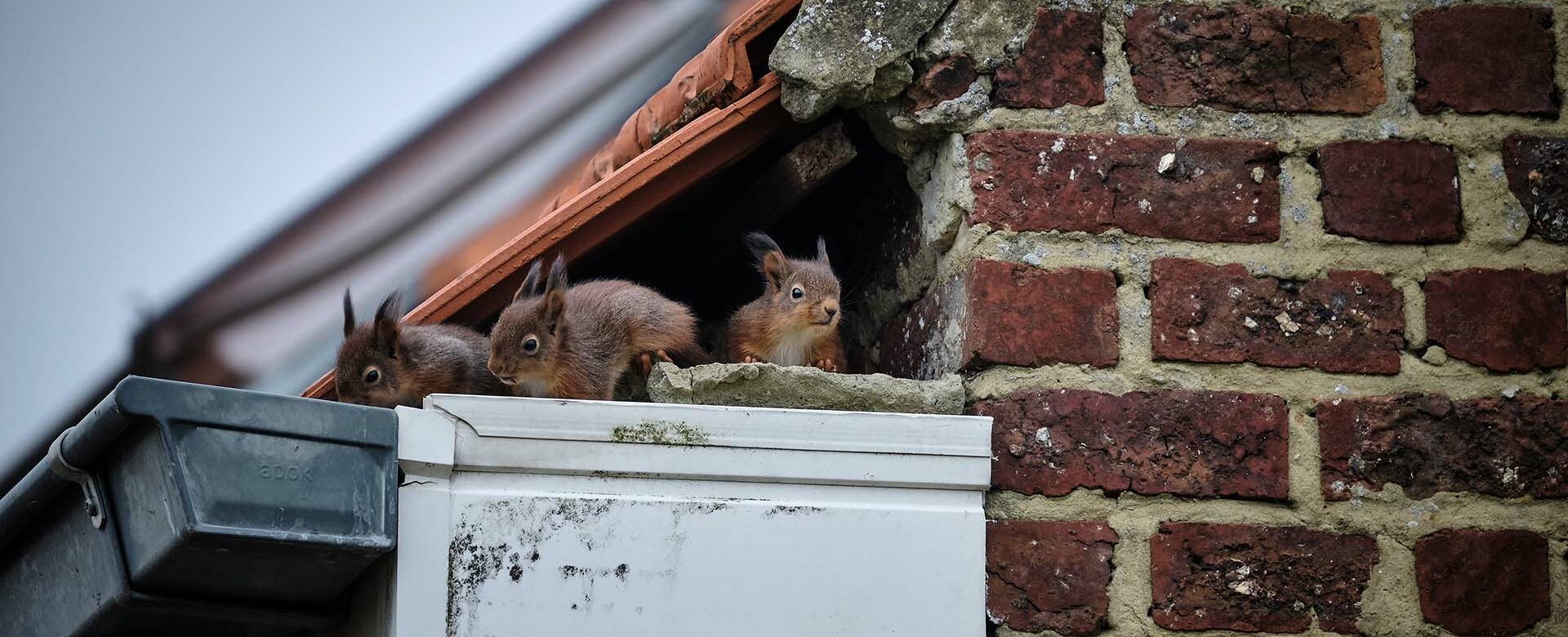
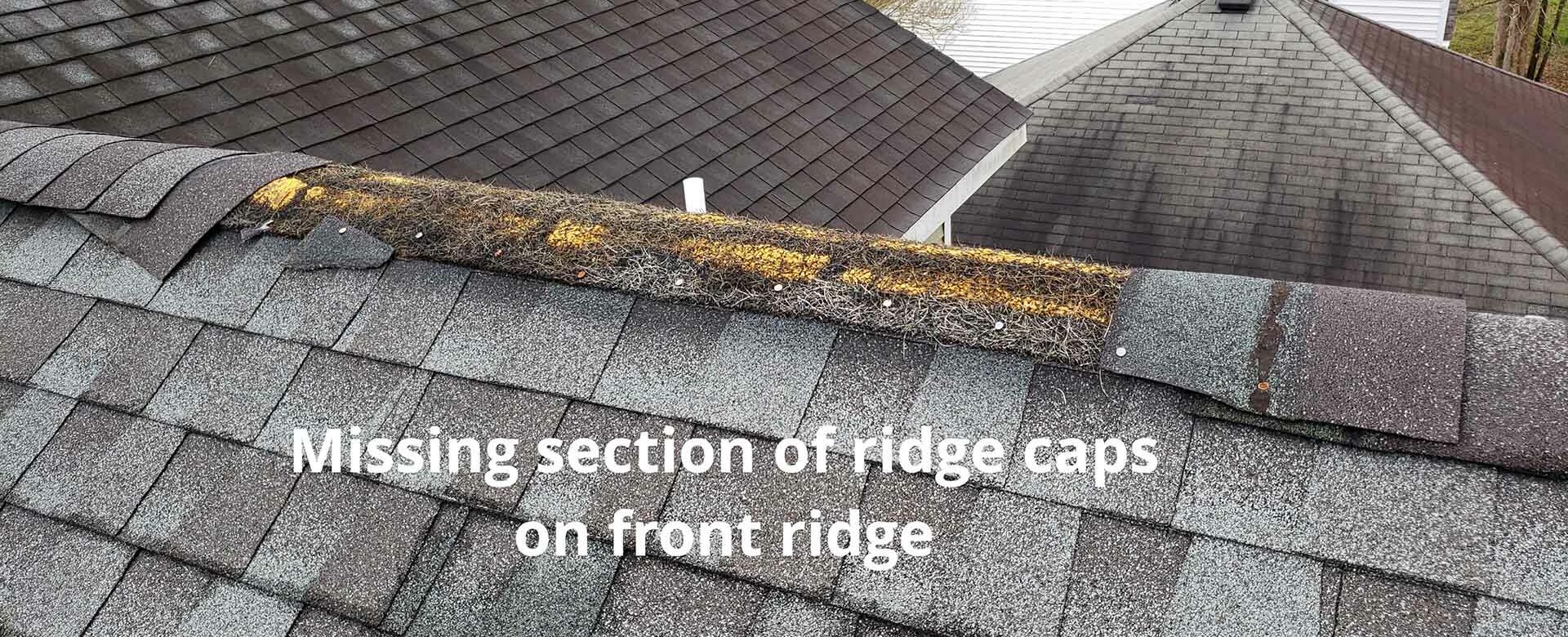


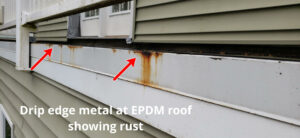
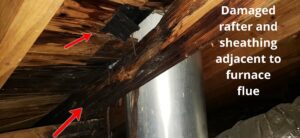
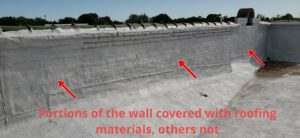

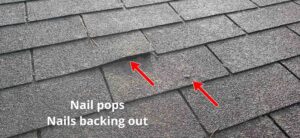
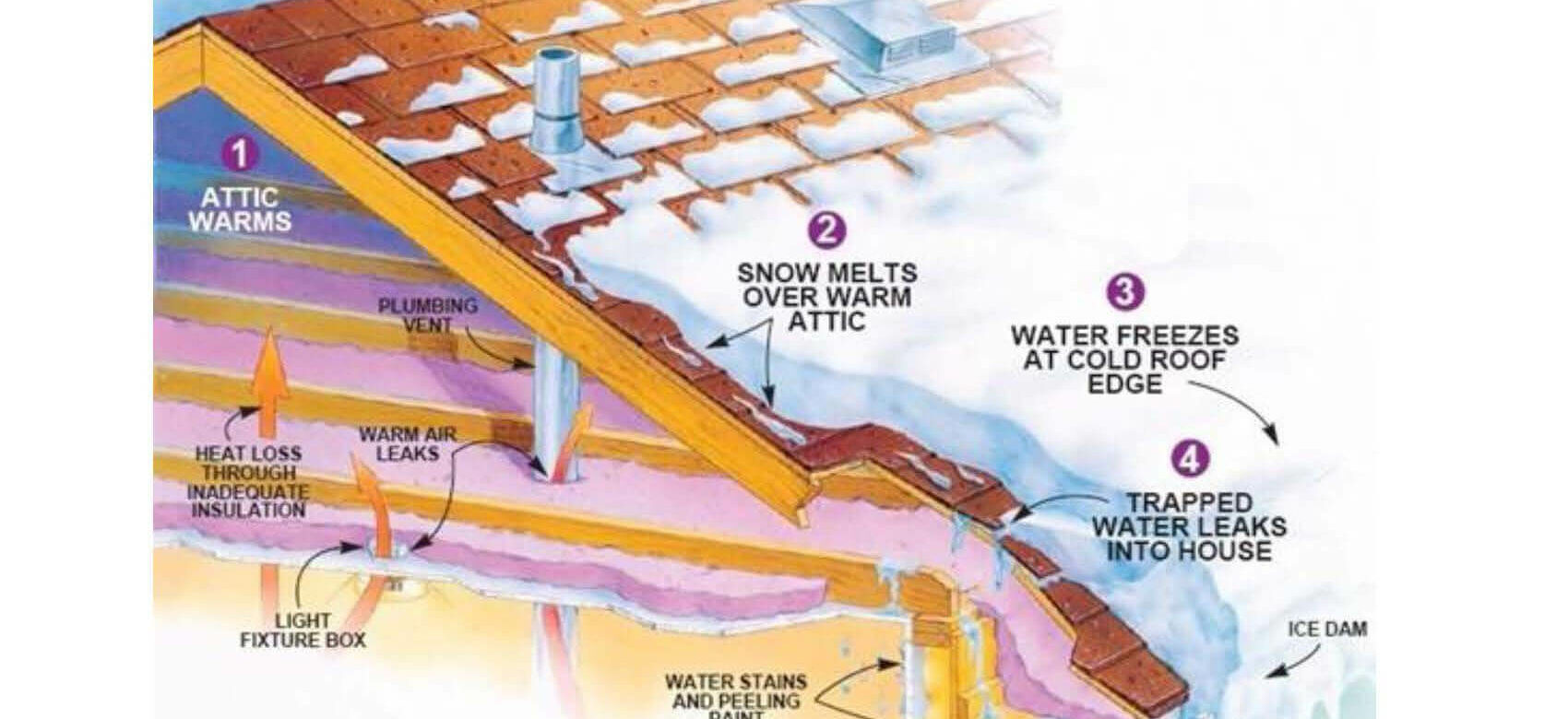
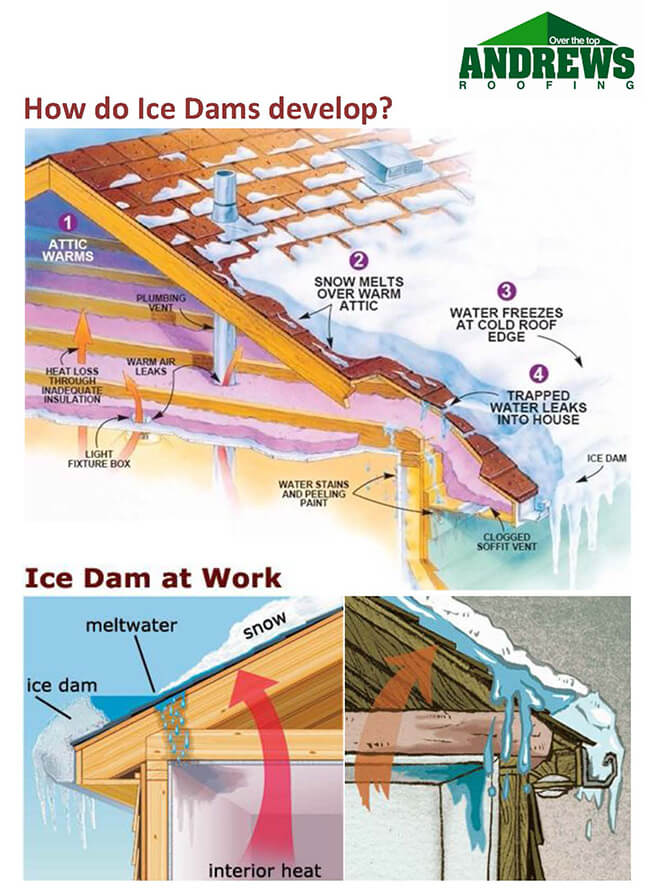 With all the recent winter weather Hampton Roads has been experiencing, you may be noticing new issues arising with your house that you don’t normally have to deal with. You’ve probably had to shovel snow from your driveway or walkways, and you may have needed to drip your faucets to avoid pipes freezing. But there’s also something you should be aware of with your roof during inclement winter weather, and it’s called “ice damming.”
With all the recent winter weather Hampton Roads has been experiencing, you may be noticing new issues arising with your house that you don’t normally have to deal with. You’ve probably had to shovel snow from your driveway or walkways, and you may have needed to drip your faucets to avoid pipes freezing. But there’s also something you should be aware of with your roof during inclement winter weather, and it’s called “ice damming.”
